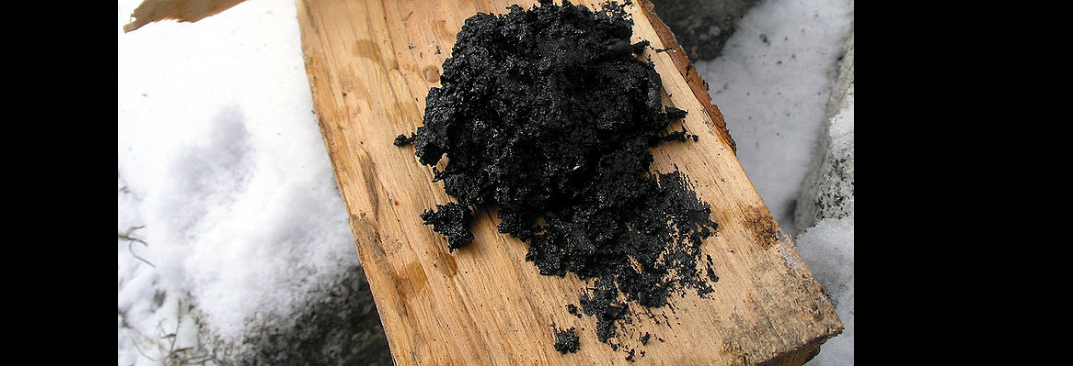Coal Tar supplier Distributor Manufacturer in Kolkata West Bengal india
Tar is a dark brown or black viscous liquid of hydrocarbons and free carbon, obtained from a wide variety of organic materials through destructive distillation. Tar can be produced from coal, wood, petroleum, or peat. Production and trade in pine-derived tar was a major contributor in the economies of Northern Europe and Colonial America. Its main use was in preserving wooden sailing vessels against rot. The largest user was the Royal Navy. Demand for tar declined with the advent of iron and steel ships.
Tar-like products can also be produced from other forms of organic matter, such as peat. Mineral products resembling tar can be produced from fossil hydrocarbons, such as petroleum. Coal tar is produced from coal as a byproduct of coke production.
uses
Tar was used as seal for roofing shingles and tar paper and to seal the hulls of ships and boats. For millennia, wood tar was used to waterproof sails and boats, but today, sails made from inherently waterproof synthetic substances have reduced the demand for tar. Wood tar is still used to seal traditional wooden boats and the roofs of historical shingle-roofed churches, as well as painting exterior walls of log buildings. Tar is also a general disinfectant. Pine tar oil, or wood tar oil, is used for the surface treatment of wooden shingle roofs, boats, buckets, and tubs and in the medicine, soap, and rubber industries. Pine tar has good penetration on the rough wood. An old wood tar oil recipe for the treatment of wood is one-third each genuine wood tar, balsam turpentine, and boiled or raw linseed oil or Chinese tung oil.
In Finland, wood tar was once considered a panacea reputed to heal "even those cut in twain through their midriff". A Finnish proverb states that "if sauna, vodka and tar won't help, the disease is fatal." Wood tar is used in traditional Finnish medicine because of its microbicidal properties.
Wood tar is also available diluted as tar water, which has numerous uses:
As a flavoring for candies (e.g., Terva Leijona) and alcohol (Terva Viina)
As a spice for food, like meat
As a scent for saunas. Tar water is mixed into water, which is turned into steam in the sauna
As an anti-dandruff agent in shampoo
As a component of cosmetics
Mixing tar with linseed oil varnish produces tar paint. Tar paint has a translucent brownish hue and can be used to saturate and tone wood and protect it from weather. Tar paint can also be toned with various pigments, producing translucent colors and preserving the wood texture.

